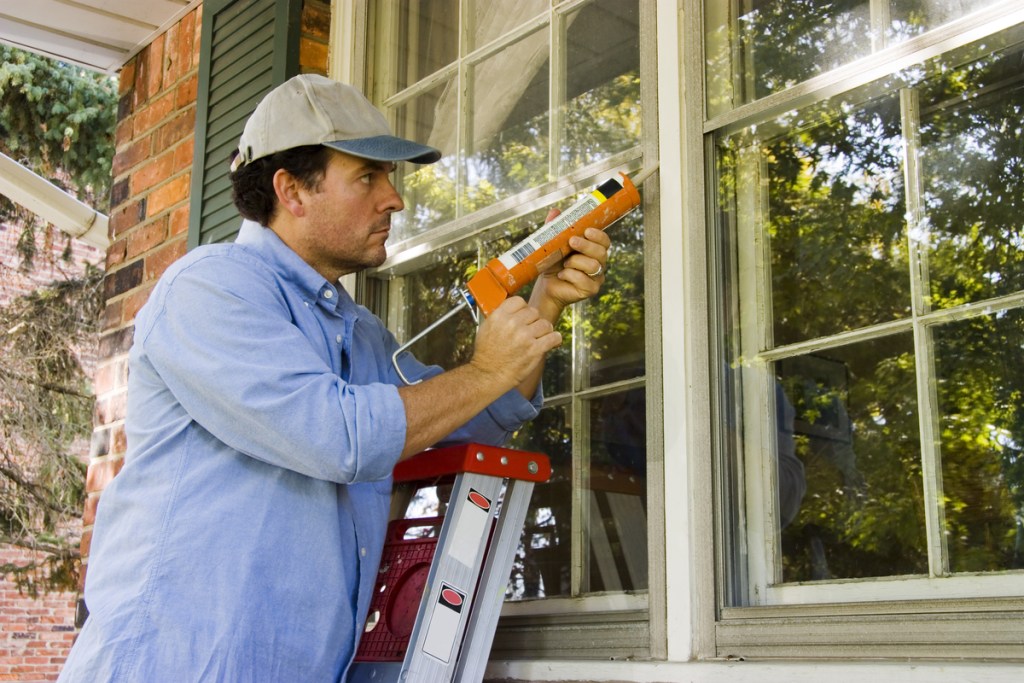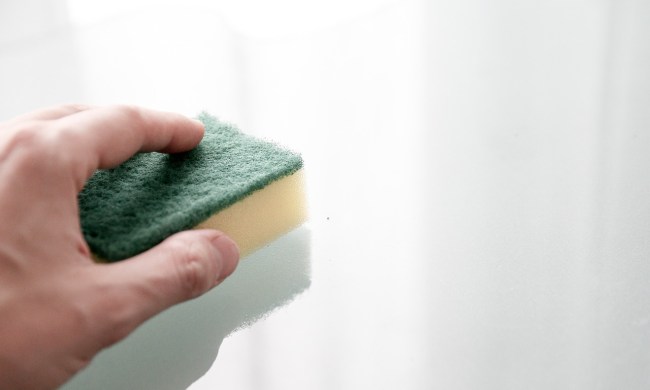We’ve all heard of spring cleaning. After the long, dark months of winter, springtime presents an opportunity to refresh your home and let in the fresh air as you deep clean your home. Though this is a popular time to engage in your annual scrubbing, fall is also a prime time to do some home maintenance that will keep your home running smoothly during the months ahead.
While some standard spring cleaning checklist items are ready for a bi-annual refresh in the fall, others are specific to the autumn season. After all, deep cleaning your home shouldn’t be a once-a-year project. Fall is a great time to clean and tidy up your home, too!

Indoor fall cleaning ideas
Wash your windows
You likely did it in the spring, and it’s time to do it again. Thoroughly cleaning your window’s panes, sills, and trimmings will make the house sparkle, both inside and out. For your cleaning agent, you can use a standard glass cleaner or a single squirt of ordinary dishwashing liquid mixed in a spray bottle filled with water.
Spray and wipe down the windows with a microfiber cloth until they’re clean, dry, and streak-free. To achieve the best possible results, wait for a cloudy day to do your window washing — it will be easier to see any streaks or imperfections.
Clean out the attic
Now that it’s getting cooler out and your attic is no longer sweltering, it’s time to organize. Depending on how messy your attic has become, this project can take anywhere from a few hours to a few days. As you clean and organize, make the effort to declutter as well. Don’t waste any more time sifting through junk you don’t use anymore. Purging years’ worth of clutter will make it easier to access the items you actually need.
Replace the furnace filter
Winter will be here before you know it, and your HVAC unit will need to be in top condition to circulate the much-need heat during the colder season. Changing your HVAC filters will make your heating unit work more efficiently and keep your energy costs down.
Organize your closets
Before you swap out your spring/summer clothes for your fall/winter clothes, take stock of what you have in your closets. Like with the attic, sift through your clothing decide what to keep and what to throw away. If an item doesn’t fit, is hopelessly out of style, or doesn’t make you feel good when you wear it, get rid of it.
Dust your ceiling fans
Ceiling fans can get very dusty, so take a few minutes to dust off the tops of the fan blades. After all, you don’t want dust blowing around the room every time you turn on the fan.

Outdoor fall cleaning tasks
Check window caulking
If your outside window caulking is cracked, you might be losing significant amounts of heat, making your HVAC system work harder and leaving you with astronomical heating bills. Check the condition of your caulk with this simple DIY test — all you’ll need is a candle and a windy day. Light the candle and move it around closed window frames. If the flame wavers, that shows air is seeping through and you should re-caulk that window.
Lawn tools & equipment maintenance
If you want your garden and lawn tools to be in tip-top shape for spring, then give them a bit of TLC in the fall.
- Drain and store your garden hose.
- Clean rakes, shovels, and other yard tools with soapy water and a wire brush. Be sure to dry them thoroughly before putting them away.
- Wipe down your lawnmower, edger, and other lawn care equipment with a damp rag. Never leave gasoline inside your lawnmower during the winter season. Siphon out as much gasoline as possible, then run the motor until the tank is dry.
Pack away the patio furniture
You’ve enjoyed months of BBQs and entertaining around the fire pit, but now it’s time to pack your patio furniture and protect it from the wintry elements. To make sure your outdoor furniture will be ready for al fresco dining next year, hose down the furniture and use a bucket of soapy water and a sponge to give tables and chairs a thorough cleaning. Allow the pieces to dry in the sun or wipe them down with a towel. If you have a shed or other covered storage space, pack the tables and chairs inside it. If not, invest in some good-quality furniture covers that will keep ice, snow, and debris from damaging your valuable furnishings.
Before the holidays roll around, check a few maintenance items off your to-do list to keep your home running smoothly and looking its best. Spending a few hours sprucing up your home is well worth the effort. When winter rolls around, you’ll have a clean, fresh, and warm home all season long.





